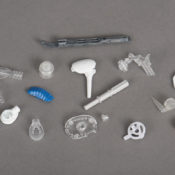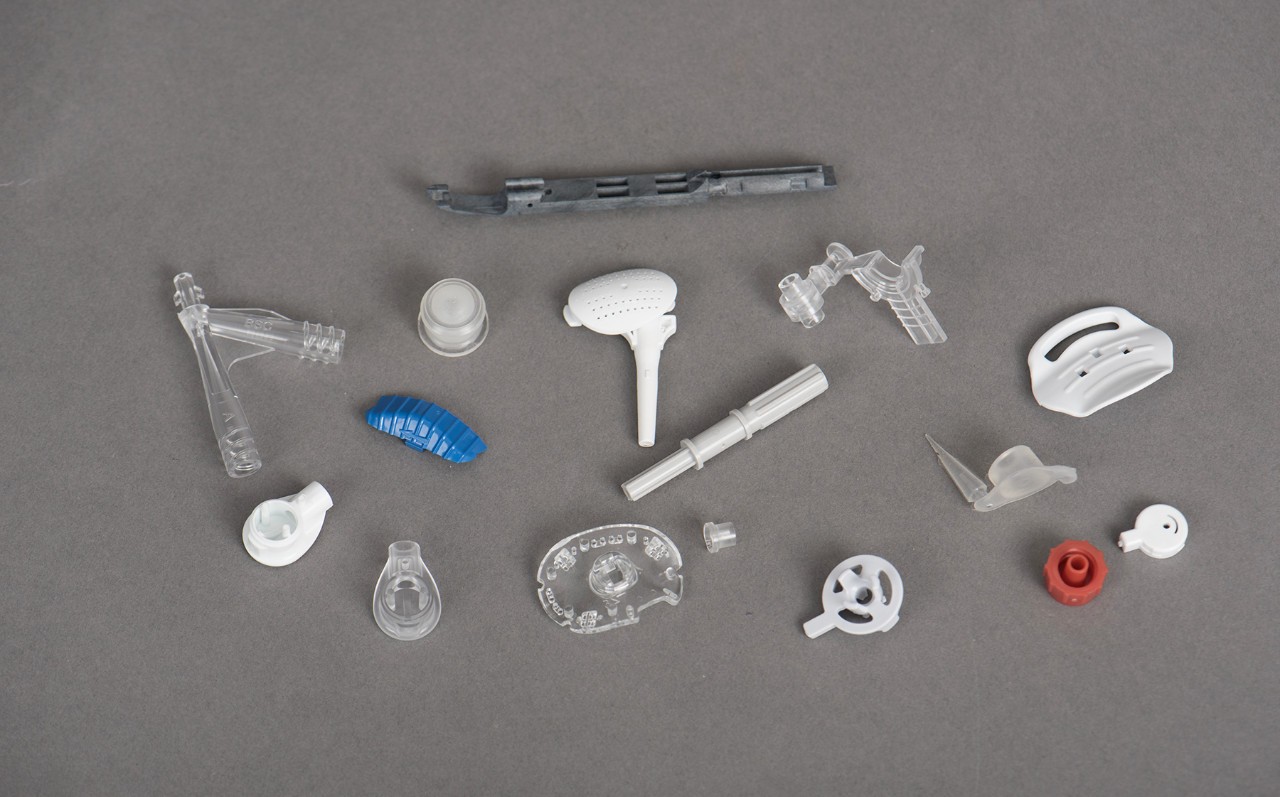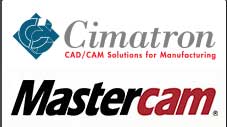 Plastic injection molding is a highly versatile method for producing parts. Compared to other plastic molding methods, it offers numerous advantages. It is a more reliable and simple method compared to others and is very efficient as well.
Plastic injection molding is a highly versatile method for producing parts. Compared to other plastic molding methods, it offers numerous advantages. It is a more reliable and simple method compared to others and is very efficient as well.
Let’s take a closer look at the six most important advantages that this process has to offer:
1. Fast Production – High Efficiency
There are a number of good reasons why plastic injection molding is well-known for being the most efficient and common type of molding. Compared with other methods, the process is very fast, and its production output rate is quite high which makes it more cost-effective and efficient. Speed relies on the size and complexity of the mold. However, there are only around 15 to 120 seconds that pass in between each of the cycle times.
With the time in between cycles being so short, more molds can be produced within a short amount of time, which increases potential profit margins and revenue. Rodon uses a Material Requirement Planning System (MRP system) to run parts 24/7. Although the MRP system cannot replace the experience and input of manufacturing managers, it helps to improve the factory’s efficiencies, and in turn, this provides customers with savings.
2. Complex Part Design
Highly complex parts can be handled by injection molding, along with uniformity and the capability of making millions of basically identical parts. In order to optimize the effectiveness of the high-volume injection molding process and maximize the quality and precision of your parts, critical design elements need to be considered. The part design needs to be developed in order to maximize high-volume molding’s inherent efficiency. Having the right design allows you to make quality parts on a consistent basis. Without great design, expensive processing errors may be made.
Across the industry, a majority of molding professionals agree there are certain fundamental design elements that need to be present throughout the injection process in order for it to work properly. They include properly placed vents, gate placement, weld lines, corner transitions, boss design, rib design, and wall thickness.
3. Enhanced Strength
One of the key factors that must be determined when a plastic injection molded part is being designed is strength. The designer needs to know if a part needs to be rigid or flexible so that the integrating gussets or ribs can be adjusted. Understanding how the part will be used by the customers and what kind of environment a part is going to be exposed to is another important factor.
Finding the right balance of various design considerations can help to address the need of the part for stability and strength. Material selection also plays a key role in the part’s strength. For more information on the kinds of resins that are used in this process, see below.
4. Flexibility – Color and Material
Selecting the color and material for your project are two of the key factors when it comes to creating plastic parts. The possibilities are practically endless due to both having so much variability. Over the years, advances in polymers have contributed to a wide range of resins being developed and available to choose from. It is essential to work closely with an injection molder with experience working with various applications and resins including resins that are compliant with NSF, REACH, RoHS, and FDA. To ensure that you choose the correct resin for your project, the following variables should be considered: water absorption, heat deflection, the flexural modulus of elasticity, tensile strength, and impact strength.
Various coloring systems can be used to color plastics, with each offering its own unique drawbacks, benefits, and properties. Four of the more commonly used coloring techniques are pre-colored resins, salt and pepper blends, Liquid Color and Masterbatches.
5. Reduced Waste
When searching for high-volume injection molding company to partner with, it is very important to consider the green manufacturing initiatives of the company, since they signify a commitment to sustainability, quality, and optimal safety. Throughout the molding process, there is an excessive amount of plastic that is generated. Search for a company with a system for recycling excess plastic. State-of-the-art machinery is employed by the most eco-friendly plastic injection molding businesses to help them to minimize transportation, waste, and packaging.
We are fully committed to nurturing environmental sustainability in all that we do. We have instituted numerous green initiatives over the years, and all of them have helped us developed into one of the injection mold industry’s most sustainable leaders.
6. Low Labor Costs
When it comes to plastic injection molding, typically, labor costs are fairly low when compared to other kinds of molding. Being able to produce parts with a high output rate and high level helps with effectiveness and cost-efficiency.
Typically, the molding equipment runs with an automatic, self-gating tool to keep production ongoing and operations streamlined, with minimal supervision required.


